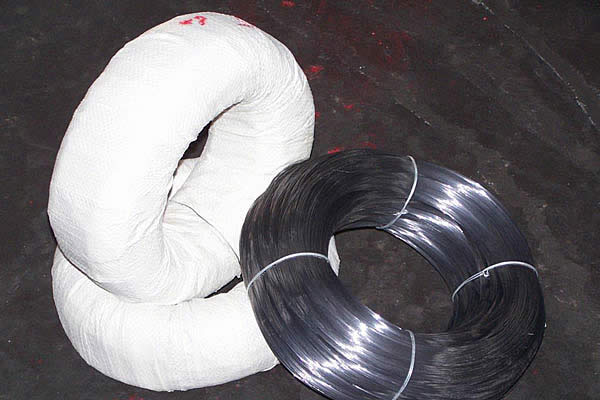 TEL:
+86-13102802206
TEL:
+86-13102802206
 Email:
fencenetting@china.com
Email:
fencenetting@china.com
 Language
Language
 TEL:
+86-13102802206
TEL:
+86-13102802206
 Email:
fencenetting@china.com
Email:
fencenetting@china.com
 Language
Language


Temporary Fencing and Crowd Control Essential Tools for Events
In the realm of event management, ensuring the safety and organization of crowds is paramount. Whether it’s a music festival, sports event, or any large gathering, efficient crowd control is crucial for the success of the occasion. Among the various strategies employed to maintain order and security, temporary fencing serves as a vital tool. This article explores the importance of temporary fencing in crowd control, its benefits, and best practices for effective implementation.
The Importance of Temporary Fencing
Temporary fencing is a versatile solution used extensively in managing crowds at various events. It helps define boundaries, directs movement, and provides a physical barrier between participants and restricted areas. By establishing clear perimeters, event organizers can ensure that attendees remain in designated zones, preventing overcrowding and enhancing overall safety.
Moreover, temporary fencing aids in managing access to specific areas. For instance, VIP sections, backstage areas, and emergency exits can be effectively secured, allowing only authorized personnel to enter. This not only protects the integrity of the event but also provides peace of mind to attendees. Properly placed fencing can deter unauthorized access, thereby reducing the risk of theft or vandalism.
Benefits of Temporary Fencing for Crowd Control
1. Safety and Security The primary advantage of using temporary fencing is enhanced safety. It acts as a barrier that helps to protect attendees from potential hazards, accident-prone zones, or areas where heavy machinery may be in operation. By controlling access to these areas, event organizers can significantly decrease the likelihood of accidents.
2. Defined Spaces Having defined spaces helps manage the flow of people. Temporary fencing can create pathways and queues, guiding attendees to enter and exit methods efficiently. This organization is especially important during peaks in attendance, such as during performances or intermissions at large events.
3. Visible Structure The mere presence of fencing can dissuade unruly behavior. A well-fenced area sends a clear message about the boundaries set by the organizers, instilling a sense of order among attendees. It psychologically encourages responsible behavior and establishes expectations regarding conduct at the event.
4. Flexibility and Adaptability Temporary fencing solutions come in various styles and materials, allowing event planners to customize their setup based on specific needs. From chain link to plastic or metal barriers, the options available can suit different aesthetics and functionalities. Additionally, temporary fencing can easily be installed and dismantled, making it a practical choice for events that have short durations.

Best Practices for Implementing Temporary Fencing
To maximize the efficacy of temporary fencing in crowd control, event organizers should consider the following best practices
- Plan the Layout Before the event, create a detailed layout map that outlines where the fencing will be installed. Identify areas that require restricted access, as well as high traffic zones where crowd flow needs to be managed.
- Ensure Signage is Clear Complement the fencing with appropriate signage to inform attendees about rules, directions, and restricted areas. Clear signage helps guide the crowd and reinforces the purpose of the fencing.
- Regular Inspections Throughout the duration of the event, conduct regular inspections of the fencing to ensure that it remains secure and in good condition. Any loose sections should be promptly addressed to avoid potential breaches.
- Invest in Quality Materials Opt for high-quality fencing solutions that can withstand the dynamic nature of large crowds. Durability is key, and the right materials will enhance both safety and aesthetic appeal.
- Train Staff Make sure that event staff are well-trained in crowd management techniques and the layout of the fencing. Their awareness allows for quick responses to any issues that arise, ensuring the safety and comfort of attendees.
Conclusion
Temporary fencing is more than just a physical barrier; it’s a fundamental component of effective crowd control at events. By facilitating safety, directing movement, and defining spaces, temporary fencing plays an indispensable role in enhancing the overall event experience. As event organizers continue to strive for success, understanding the importance of temporary fencing and its strategic implementation will undoubtedly yield positive results in managing large crowds.